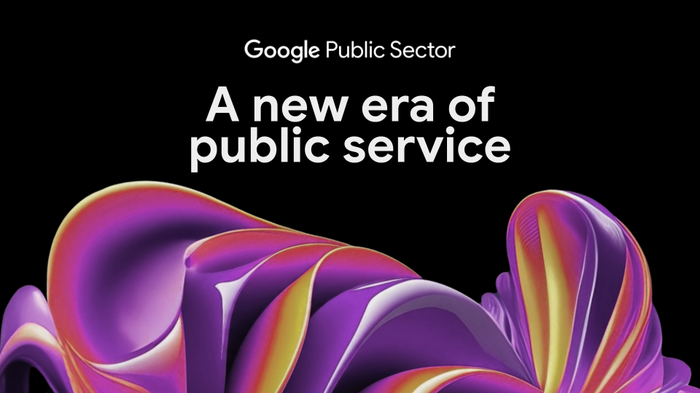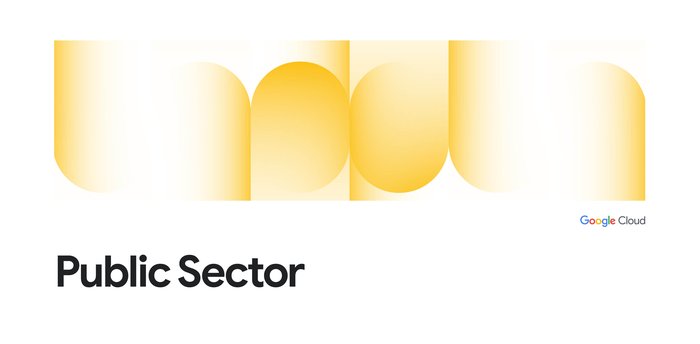Transforming benefits delivery to Utah residents using the cloud
Rachel Stone
Chief Data Officer, Utah's Governor's Office of Management and Budget
Roughly one of every ten individuals in Utah received benefits from or engaged with a social service program delivered by their state government in recent years. As a result, social services programs comprise the largest share of Utah’s budget, this year amounting to more than $8 billion. This funding covers programs across state government spanning health insurance, mental health services, financial assistance, child protection, career counseling, and much more. My office’s mission is to create more value for every taxpayer dollar invested. For us, this isn’t just about costs; this is about improving our lives and those of our neighbors here in Utah.
In Utah, like all states, the pandemic has amplified how critical it is for these services to be responsive to people when their needs arise. If we deliver services in a timely manner, we can better resolve the need for services and build Utahns’ self-sufficiency. The pandemic has ensured we stay laser focused on optimizing outcomes across programs. In particular, we’re ensuring Utahns have care teams that are empowered to work together to deliver the right support at the right time.
The Challenge: Improve Transparency, Coordination, and Outcomes
Coordination across services is a longstanding challenge for state governments, including ours. Many clients are enrolled in multiple programs, all of which are managed in silos. If a single client has multiple case workers and plans, too much well-intentioned help may backfire unless those are aligned.
For several years, the Utah Office of Management and Budget and the state cabinet-level social services agencies have seen significantly better client outcomes after programs implemented operational improvements to support the frontline. But for thousands of clients, this is not enough. They and their case managers need improved interoperability across programs. Therefore, we’re focused on:
- Helping case managers better serve every citizen’s needs
- Delivering the right services at the right time
- Allowing case managers to focus on critical activities—“Who do I need to help today and how can I do it?”
- Presenting a unified vision of progress across programs to enable better coordination, outcomes, and utilization of resources
The Right Information at the Right Time to the Frontline
Data and information kickstart critical conversations between workers who share clients. Last year, we learned we needed secure data sharing across the various social services programs to give case managers situational awareness of client milestones in other programs. Due to the sensitive nature and protected status of client information, data security and privacy were and continue to be paramount.
Solving Together
We worked with SpringML and leveraged Google Cloud to design, build, and implement a solution that would deliver the critical insight we needed to improve program coordination and client outcomes.
I am excited to share our journey, successes, and lessons learned so far at the Google Cloud Public Sector Summit, and invite you to join Eric Clark, Technical Program Manager for SpringML, and me on December 8 at 12:45 p.m. EST for our session, Transforming Benefits Delivery with a Unified, Cross-Program View. Our session will also be available on-demand if you can’t join us live.
The Google Cloud Public Sector Summit is a complimentary two-day event. Join us on Dec. 8-9—register today. If you have any questions about the event, please reach out to us at ps-summit-support@google.com.


